Tellum II dev log
Mar 28 progress
With the hardware working as intended, I quickly set out to model a replacement to the sawn-off microphone receiver. To my luck, the quick photographs of the still-intact receiver with a ruler for reference (before I decided to torch, then saw through it) revealed it was designed in metric! I managed to model the part and print it on the first try. I ended up painting the piece gold, so as to maximise the chances that people saw something different about this phone booth and that I wasn't pulling a Marcel Duchamp.

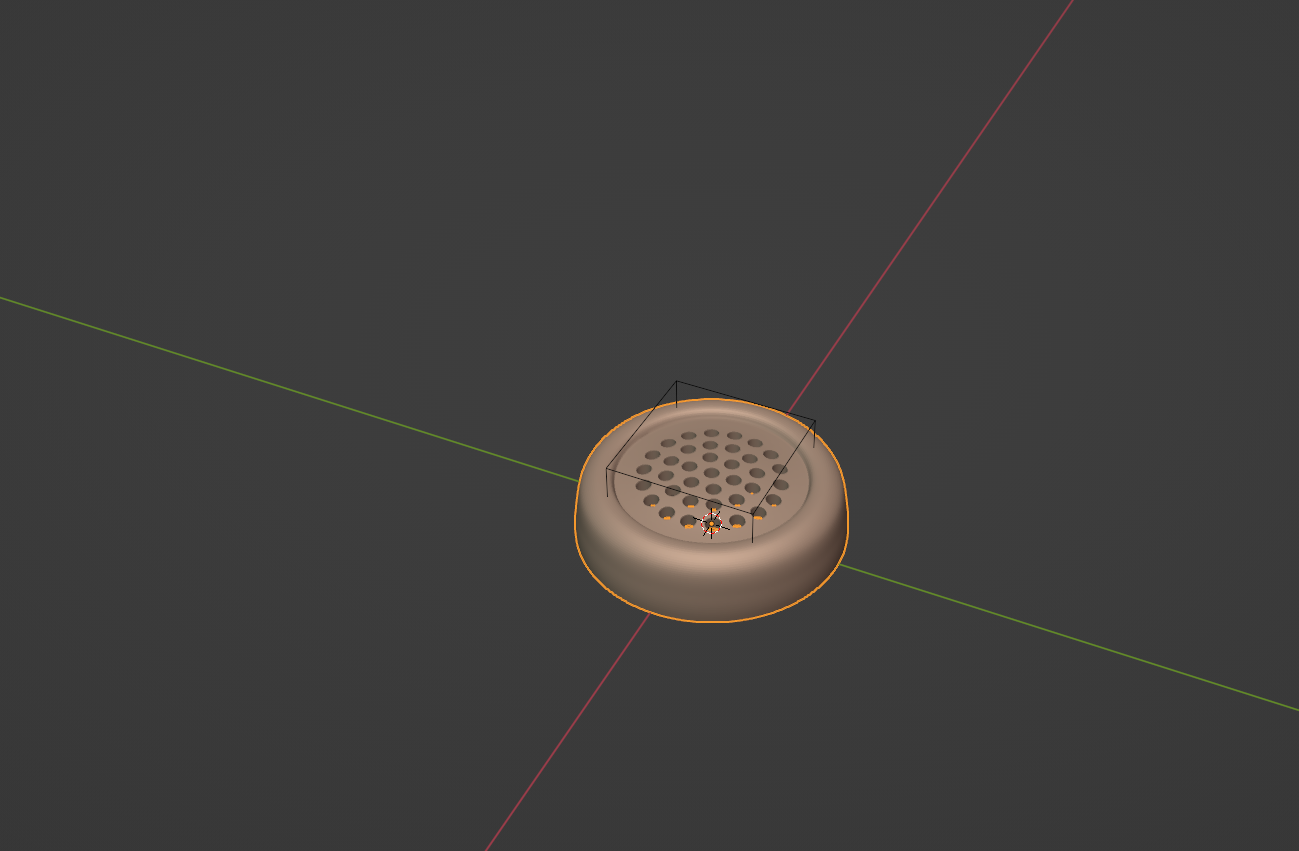
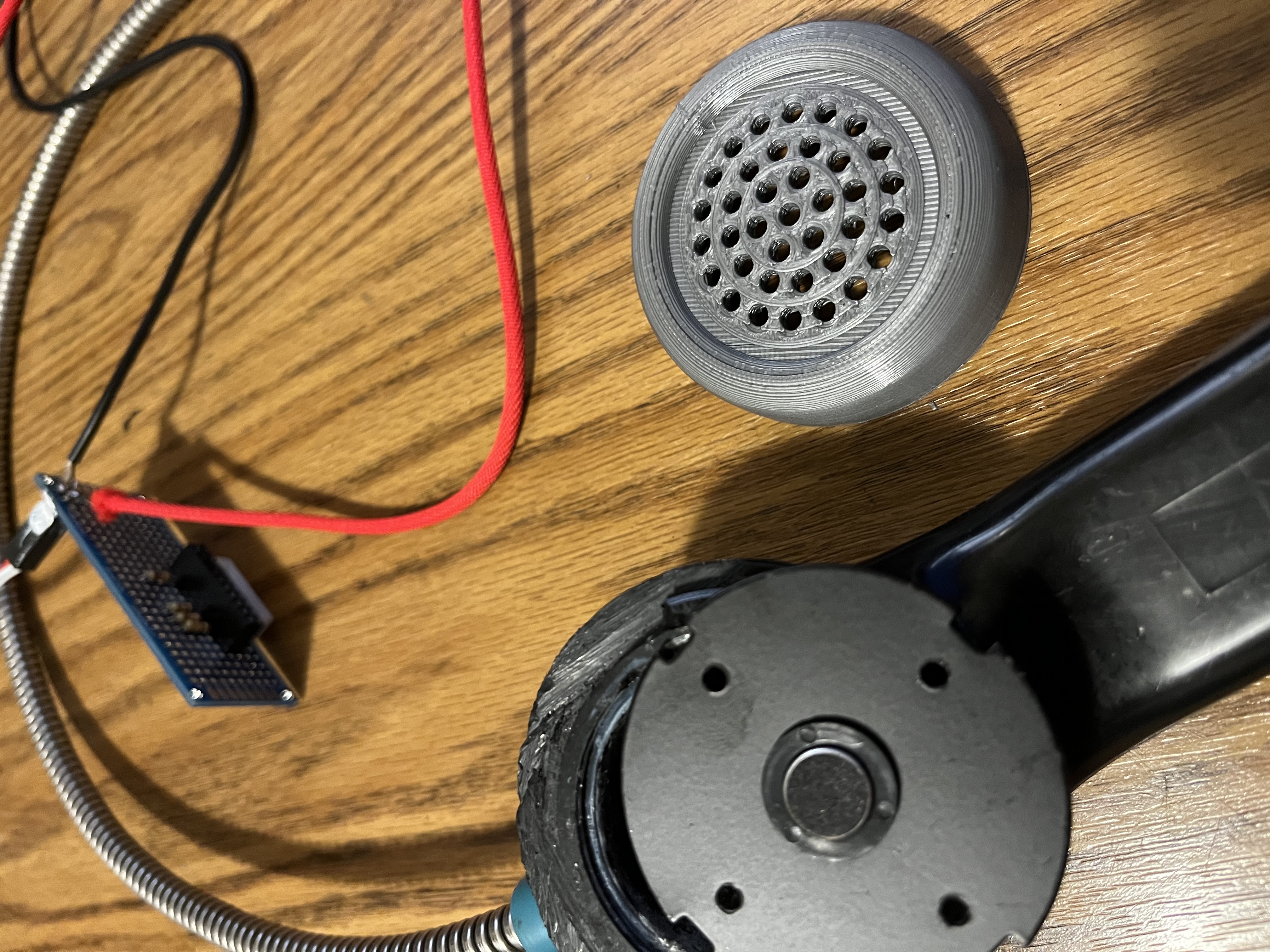
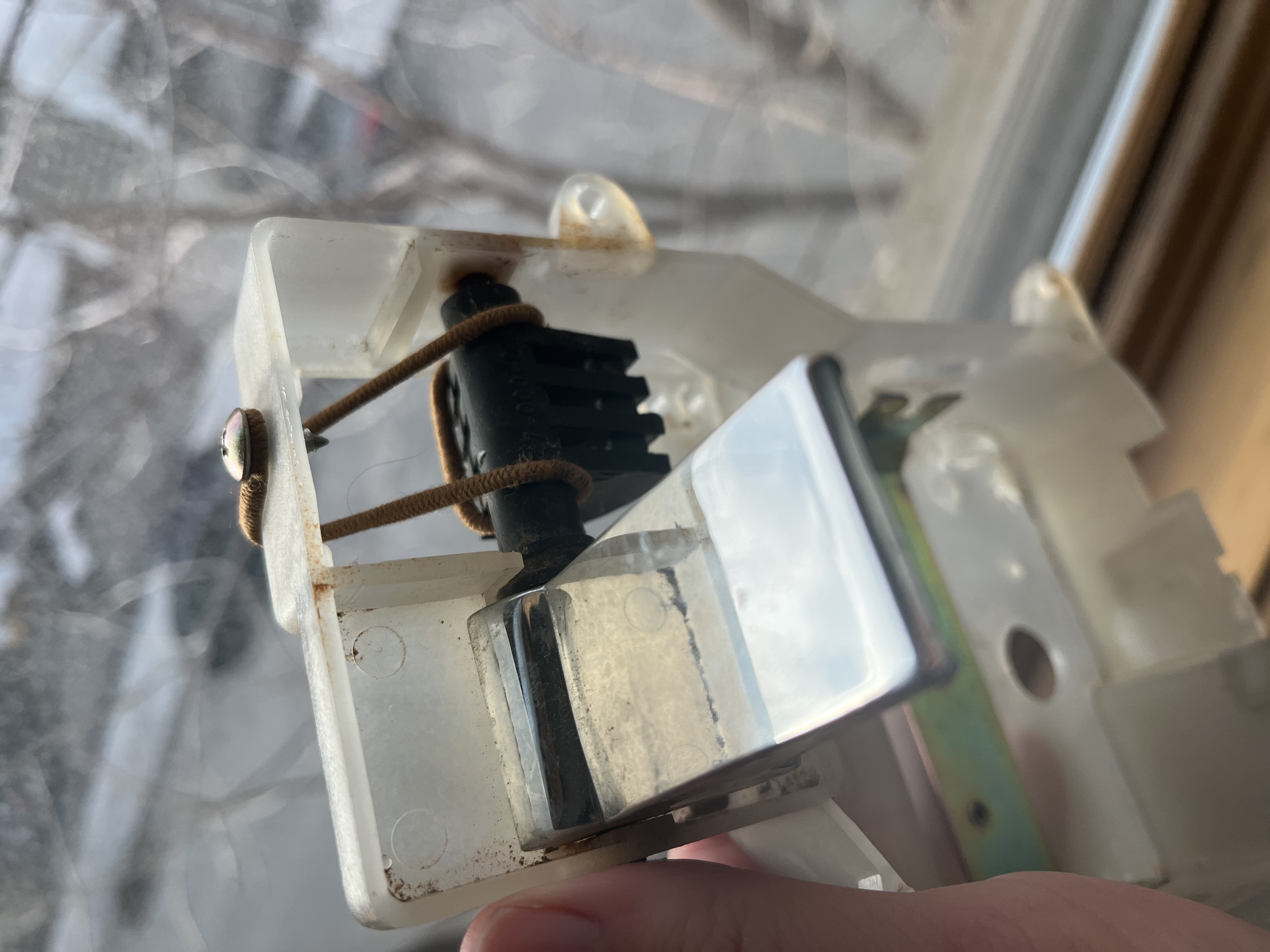
Software side, things were fairly straightforward with two exceptions: the first being that installing Directus locally took too long, and I realised that a remote database was a liability now that this piece was to be exhibited.
So instead I opted to run my own database. Not finding a suitably easy sqlite wrapper (I did not want to write base SQL calls), I instead wrote changes to a JSON file. Certainly inelegant and not fault-tolerant at all, but hey. Audio files are streamed as uncompressed 8000Hz, unsigned 16-bit LE (the only codec the board supports), taking roughly 400kb every ten seconds of audio.
After feedback, I can see about a final iteration of this project.
Mar 26 progress
I realized the only way forward was to slice off the microphone from the receiver, and replace it with something working. It's annoying that I spent so long building small test circuits and FTP'ing the resultant wav files back to my main machine (as I needed to see what the native input could handle), but this is not so much easier. The additional decision to simply use an Arduino Uno to interface with the keyboard has completely solved that problem for me. Now, through listening to a serial port, I can get accurate button states from the machine's hardware.
Mar 18 progress
This entry was written at the same point of time as the following, as a retrospective.
With more than a month since the last update, alarmingly not much has happened since.
I've been exploring the hardware of each component, with useful guides and resources aplenty for the SBC, but precious little info on the payphone. From what I have found, I've been exploring interfacing with the keypad, as the circuitboard of the device terminates in an ungainly, round, and many-pinned device with a pesky tone generator sitting in the way.

Exploring onboard GPIO has been a pain, as I cannot get the SBC to interface with the numpad correctly. It seems pullup / pulldown resistors are not something this board comes with, to my great chagrin. Nodejs-based GPIO was easily achieved through onoff, but stray values from floating inputs not easily resolved though external resistors means I'll have to look elsewhere.
Disapointingly, getting audio from the microphone is a challenge as well. I am able to get sound out of the thing though a positive bias, but it remains a deeply unplesant scratch against a very faint signal.

Feb 08 progress
Additional reference links: 1, 2, 3, 4.
I won the bid on the phone and received the first SBC board, installed Linux and necessary components.
Given cost, I may have to abandon subsequent nodes as with materials and shipping, a single node is in excess of $200, not including hosting.
Given the reduced scope due to materials, I've modified the initial concept slightly from what was proposed below, leaning further on exploratory interfaces experienced through the box. The initial interfaces now lean more heavily on the phone booth, as does the overall aesthetic. A fair bit of material will be "pre-seeded", giving the zero-user state some spice for a first user to interact with. The phone booth is to be modified with a display, where a user may leave a sound and listen to others at a given location, not unlike Cartographer (2019)[1][4].
I'm interested in curating content that - through careful juxtaposition or mere contextual proximity to the rest - will evoke a similar vibe of amusing, melancholic quasi-nostalgia whiplash. One that's in my view found in both the Out of Touch video referenced below, and what I see in Closky's work listed above.[3] There's a current trend on TikTok in particular dubbed "corecore" that to some extent captures what I'm after, though it often leans too heavily on self-serious negativity, wandering into preachyness. As much as the trend draws from Adam Curtis (and he sure can be preachy) and I surely do as well, that isn't my aim. This sub-component of the project I'm describing, with pre-seeded material the user may explore, should feel akin to the memoery of moving through a forest as a child alone - a certain quiet thrill and mundane wistfulness.
Sourcing content algorythmically may prove useful as in Ten Years Ago[2], but I'm unlikely to find success there.
___....___
^^ __..-:'':__:..:__:'':-..__
_.-:__:.-:'': : : :'':-.:__:-._
.':.-: : : : : : : : : :._:'.
_ :.': : : : : : : : : : : :'.: _
[ ]: : : : : : : : : : : : : :[ ]
[ ]: : : : : : : : : : : : : :[ ]
::::::::::[ ]:__:__:__:__:__:__:__:__:__:__:__:__:__:[ ]::::::::::
!!!!!!!!!![ ]!!!!!!!!!!!!!!!!!!!!!!!!!!!!!!!!!!!!!!!![ ]!!!!!!!!!!
^^^^^^^^^^[ ]^^^^^^^^^^^^^^^^^^^^^^^^^^^^^^^^^^^^^^^^[ ]^^^^^^^^^^
[ ] [ ]
[ ] [ ]
[ ] [ ]
~~~~^_~^~/ \~^-~^~ _~^-~_^~-^~_^~~-^~_~^~-~_~-^~_^/ \~^ ~~_ ~~
Concept

Tellum II, like it's predecessor, is a networked item exchange box for sounds.
Through a certain whimsy in construction and strategic placement around the city, networked nodes of sound might delight Montrealers in the stories they hear from around town.
References
I take primary inspiration in the delight of perusing community libraries, though I confess I seldom ever find something I like.
Slightly easier to exchange is a sentence, or a silly sound, so with some digital artifice, a suitable exchange can always be made.
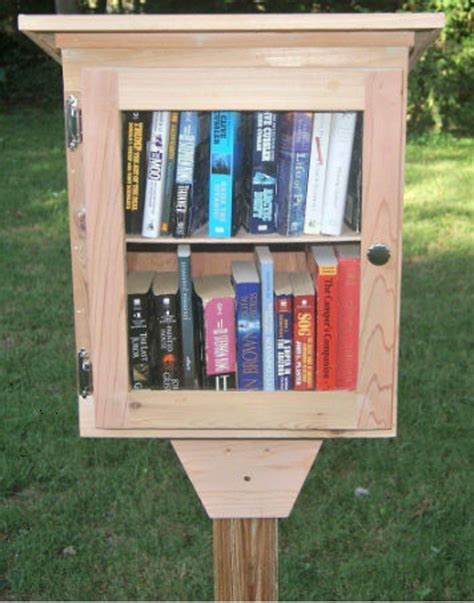
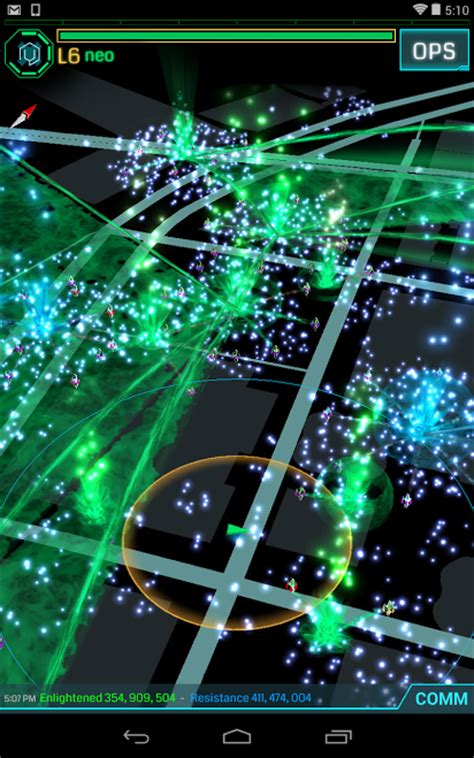
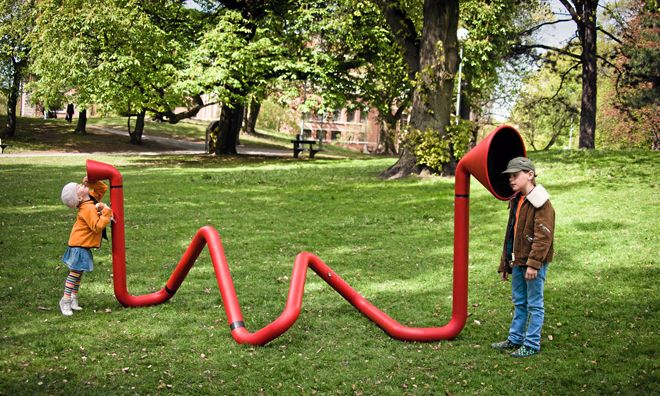
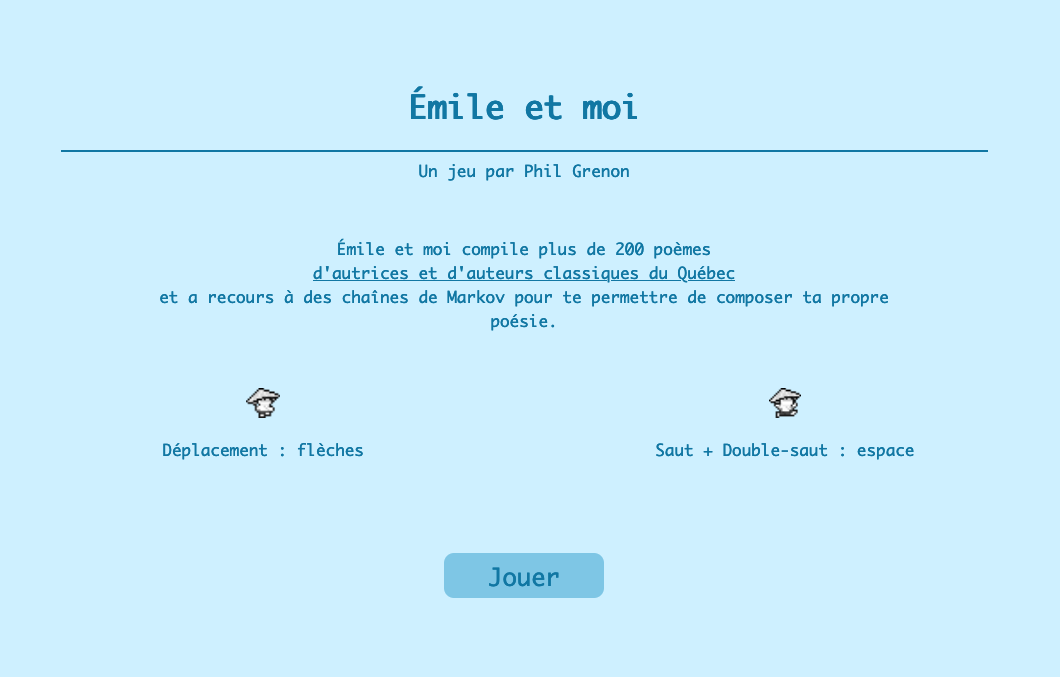
Previous Work
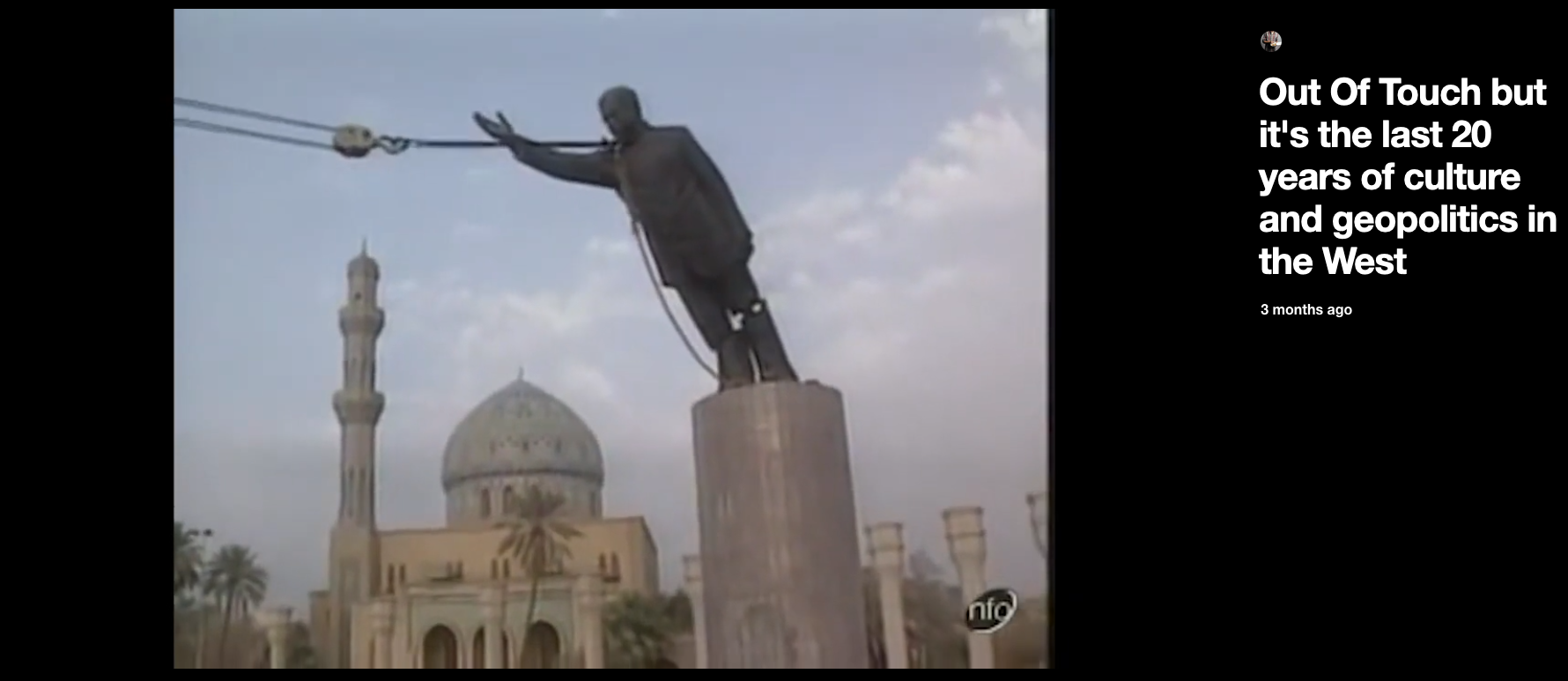
I have previously worked on Tellum as a concept, executed instead as a web app. As fun as that was, the potential physicality of the experience was what I was after, and what I aim for now. I’m drawn to data representation and retrospectives with regard to politics and ecology, and always with a certain sense of whimsy. With Tellum II I hope to capture a certain sense of whimsy, but actually invite Montrealers to reflect on the city with the physical installation of real devices around town.
The rest of my work is visible on this site here.
Hardware & Stack
Individual nodes, for ease of deployment, will be built on industrial Linux SBCs. The remainder of each device is to be unique, largely built with materials I have already obtained: old telephones, speaker drivers, metal and wood enclosures, and concrete casts from 3D-printed molds.
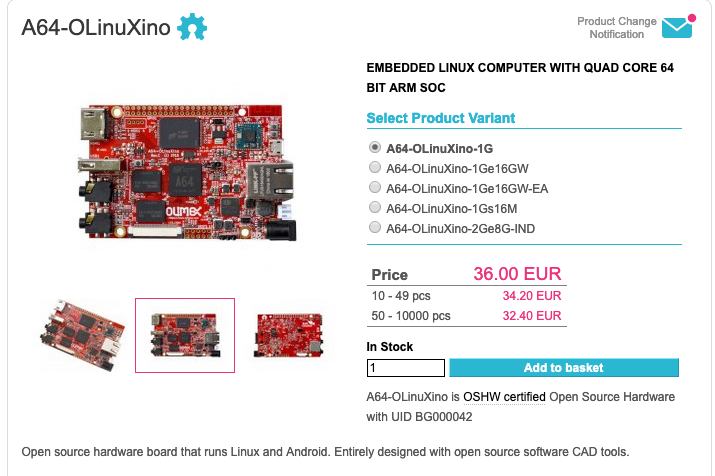

The app layer will be run on a Directus instance, serving user-generated audio files via a REST / GraphQL API. Each node will have a permanent token to authenticate against the server, preventing unauthorized use. Node.js serves Directus itself, as well as performing additional sanitization of inputs and audio routing. This as mentioned later, runs atop bare-metal Debian Linux.